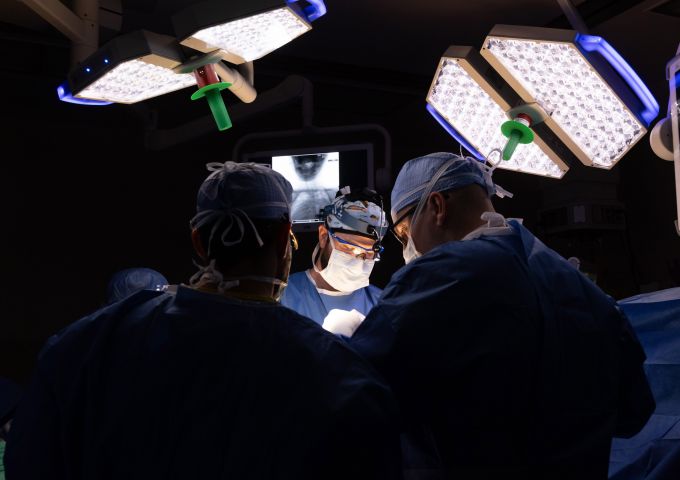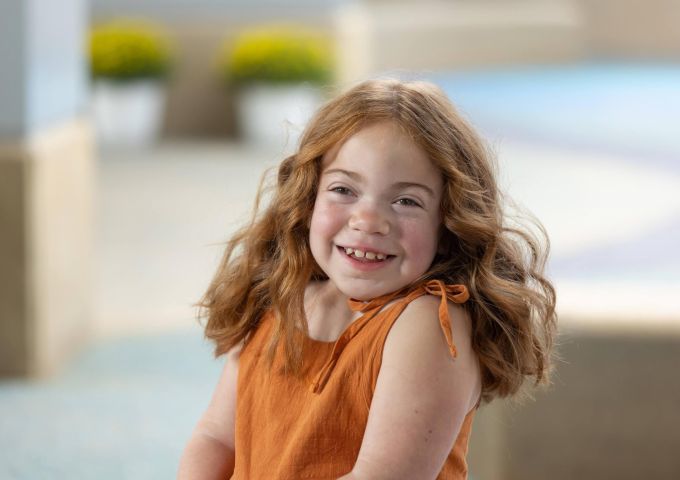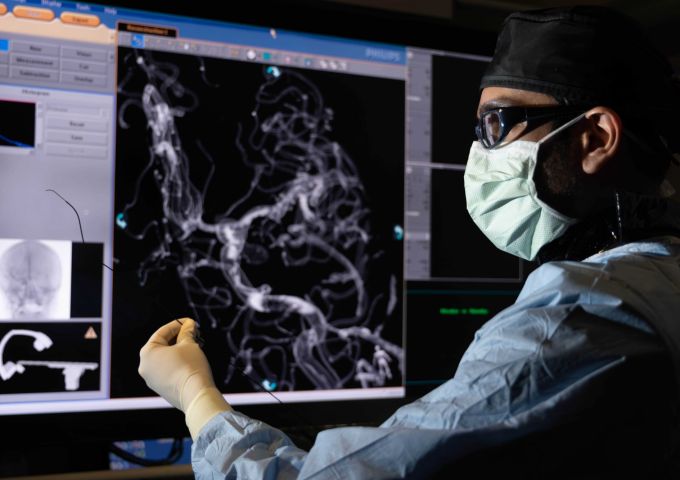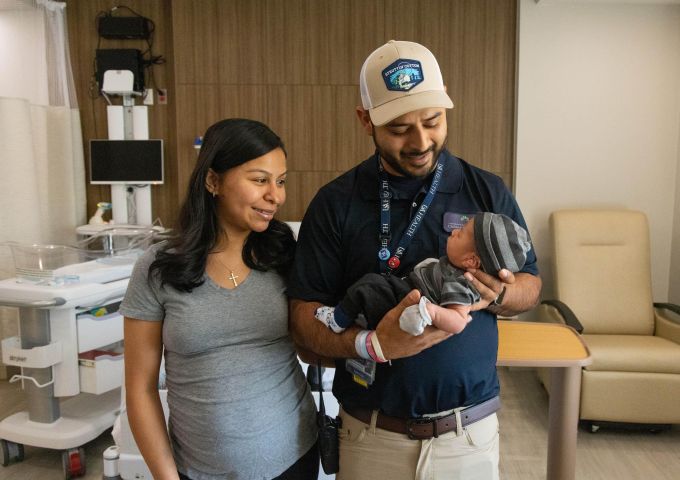
When Shep was diagnosed with a rare form of leukemia, his mom felt lost deciding where to find treatment. Care could be found hours away in another city, but Brady's motherly instincts told her not to uproot the family during a year's long struggle. She wanted Shep close to loved ones during treatment, and she found life-saving care where it mattered most — at home.
When 3-year-old Shep Hall was diagnosed with leukemia, his parents faced a daunting decision: separate Shep and his twin brother, Sawyer, during a long hospitalization out of town or treat Shep at a local hospital unfamiliar to them.
The Hall family, and their three heretofore healthy sons, had never needed to call on the expertise at USA Health Children’s & Women’s Hospital, and they were unaware of the experts and research here. Shep’s grandfather, a local physician, encouraged Shep’s parents to use Children’s & Women’s Hospital. He knew his precious grandson would receive the best care and treatment, and Shep would still have the most important therapy of all: time with his big brother and twin brother at home.
“We’re so thankful that we listened,” says Shep’s mother, Brady.
After the diagnosis, the family faced months of treatments and recovery time. The duration of the illness made Shep’s parents even more pleased that they had chosen Children’s & Women’s.
“It means a lot to us as a family to be so close, and to be treated like family,” Brady says.
Even surrounded by family, the fight wasn’t easy. Shep faced a very rigorous journey back to health that included nine months of intense treatment and multiple hospital stays, some for as long as 17 days straight. Once a month, he had a treatment through a port in his spine.
Now, Shep and his family still visit his nurses at USS Hope, the infusion suite at the hospital where he received treatments. Moreover, they host the “Run for Shep” annually as a way to raise money toward pediatric cancer treatment at Children’s & Women’s.
“The care that we received at USA Health Children’s & Women’s Hospital was better than we could have hoped for,” Brady says. “To have so many different doctors of different specialties all there under one roof was so important.”






